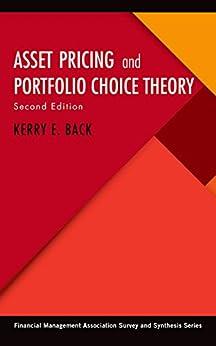Consider the following pairs of gambles: A : 90% chance of $3,000 10% chance of $0 versus
Question:
Consider the following pairs of gambles:
A :
90% chance of $3,000 10% chance of $0 versus B :
45% chance of $6,000 55% chance of $0 C :
0.2% chance of $3,000 99.8% chance of $0 versus D :
0.1% chance of $6,000 99.9% chance of $0 .
Show that an expected utility maximizer who prefers A to B must also prefer C to D. Note: The preferences A B and D C are common. This example is due to Kahneman and Tversky (1979).
Fantastic news! We've Found the answer you've been seeking!
Step by Step Answer:
Related Book For 

Question Posted:





